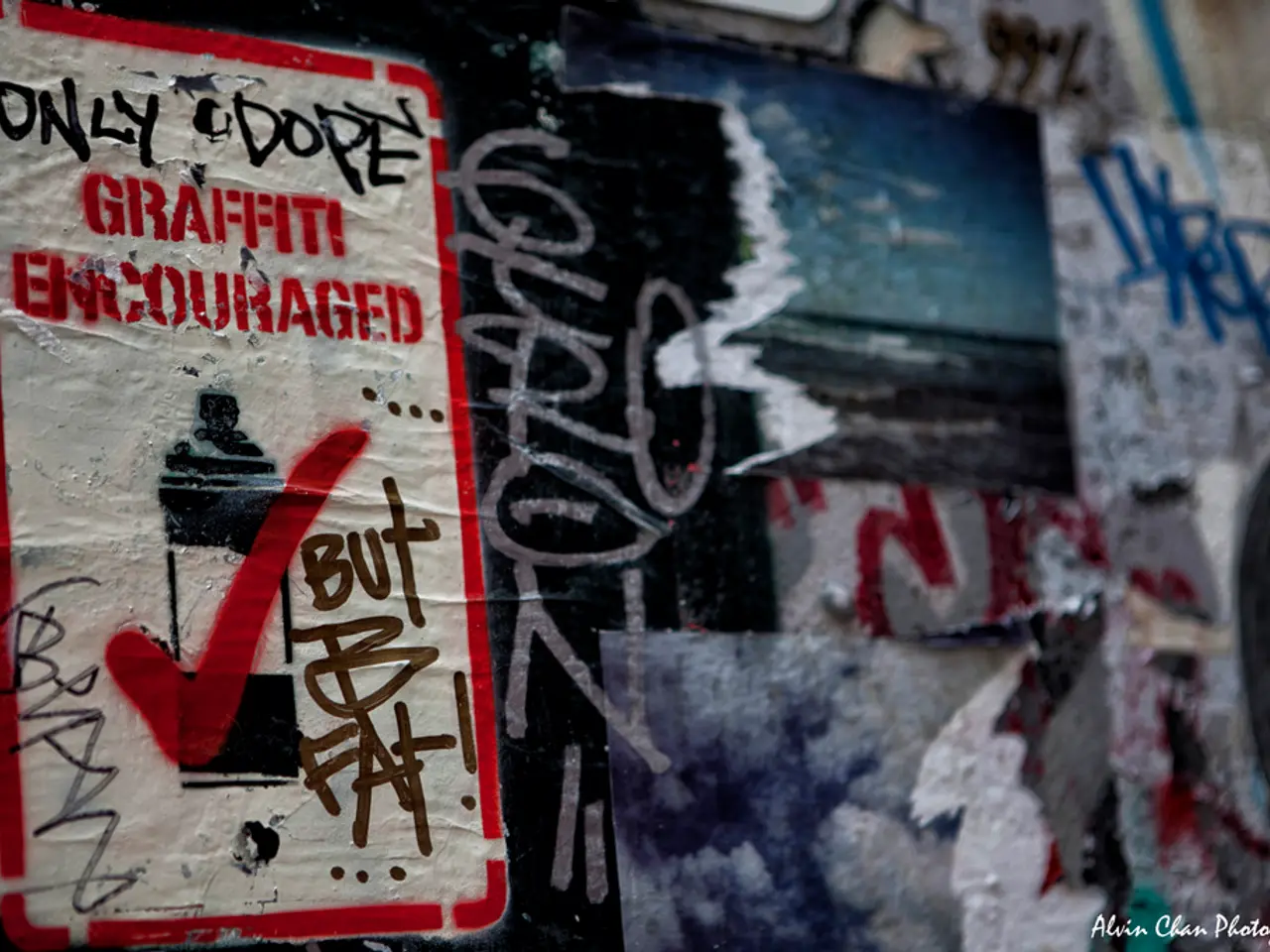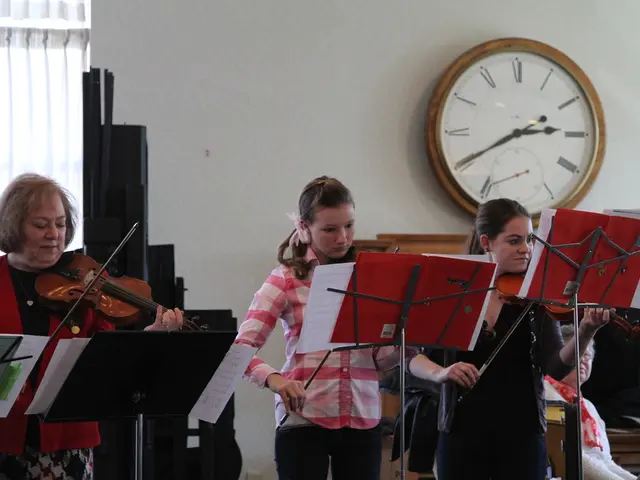Proper Methods for Crediting Artwork in Code Annotations
In the realm of coding, proper attribution of art is a crucial yet often overlooked aspect. This practice not only acknowledges the original creator but also enhances the credibility of your project.
Copyright laws protect artists' rights, and failing to attribute can lead to serious consequences. It is essential to include the author or creator's name, the title or description of the art, the source location (URL, publication, or repository), and the date of creation or publication if known.
Clear documentation helps others understand the sources behind your visual elements. This could be in the form of comments, header comments, or inline comments placed directly next to the code. Maintaining consistency in style by using the same format, sticking to a single language, and keeping your tone friendly and professional is also important.
Proper attribution fosters a culture of respect within the coding community. By following attribution guidelines, you ensure compliance with copyright laws, protecting both the creator's rights and your project's integrity.
When attributing images, icons, and fonts used in projects, it is crucial to mention the creator, website, and license type. For icons, clearly state the font name, designer, and license when attributing fonts.
Many popular code editors support art attribution, such as Visual Studio Code, Sublime Text, and Atom. Version control systems like Git, SVN, and Mercurial can help manage changes in code, including art attribution. Using short phrases for art attribution is recommended.
If possible, include a link to the artwork in comments. To create effective header comments, follow a consistent format, list all contributing artists, and provide links to each artwork or artist's profile.
In the case of modified art, state that it is adapted or altered from the original work, following conventions like “Adapted from”. Keep documentation outside of code (e.g., in project docs) for permissions or fair use checklists as legal backup.
Indicate the nature of use, whether the art is used with permission, under fair use, or is in the public domain. Ideally, align with any relevant organizational or project-specific citation styles, referencing recognized guidelines for scholarship or Creative Commons attribution.
By adhering to these best practices, you contribute to a culture of respect within the coding community, acknowledging the time and creativity artists invest into their work.
Technology plays a significant role in facilitating proper attribution of art in coding, with popular code editors like Visual Studio Code, Sublime Text, and Atom offering support for this practice. Including short phrases for art attribution, such as the creator's name, the title or description of the art, the source location, and the date of creation or publication, is essential for adhering to copyright laws, fostering a culture of respect within the coding community, and protecting both the creator's rights and the integrity of your project.







